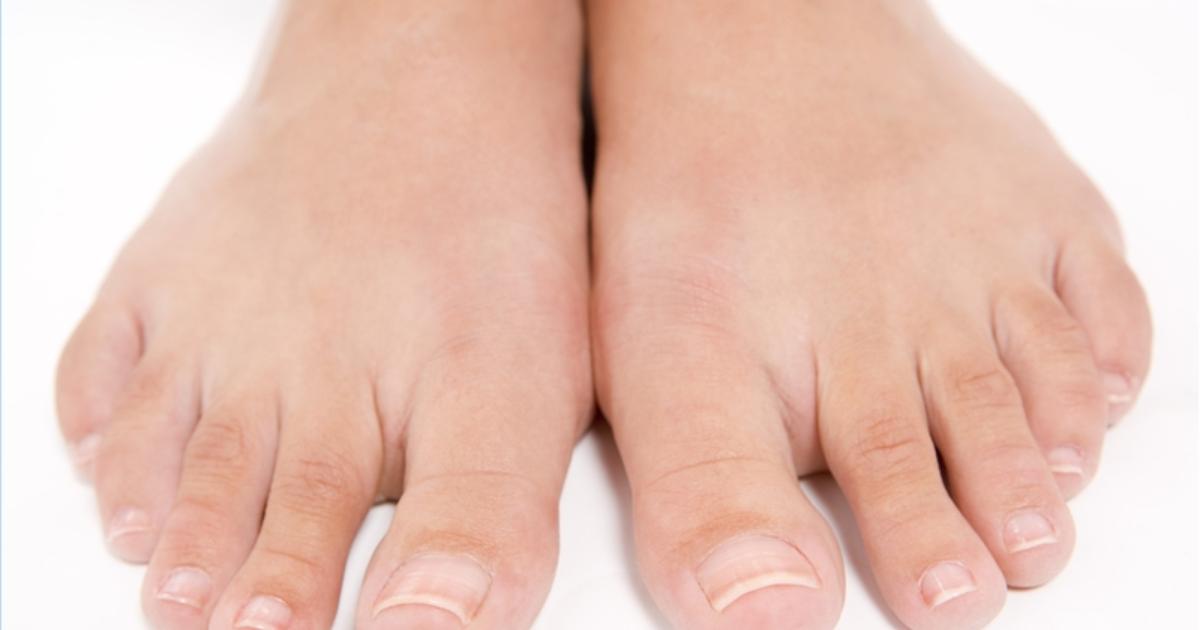The pain of ingrown toenails varies from mildly inconvenient to entirely incapacitating. For some, the affliction is one that presents time after time and seems to have no outright cure. For others, it may strike once in a lifetime for no more than a few days. On the whole therefore it’s a pretty random and unpredictable affliction, but one that’s enormously common nonetheless. We are foot and ankle specialist who will help you get rid from these pain by naturals methods and natural ointments.
Of course, the very best way of treating ingrown toenails is to prevent them occurring in the first place. And while in some cases they are 100% inevitable, it’s still possible to minimize the likelihood of facing an ingrown toenail by following a few simple preventative tips.
1 – Straight Line Trimming
For example, it’s a little-known fact that to trim your toenails with a curve to match the curve of your toe itself is to encourage ingrowing. The reason being that the nail will attempt to compensate for the uneven shape in a manner that can lead to it digging into the skin on either side of the toe. Some may argue that straight-cut nails don’t look elegant, but in terms of ingrown toenail prevention they’re really the only way to go.
2 – No Picking
In a similar vein, nail picking is a habit shared by millions but can also be one of the most common triggers of ingrown toenails. As mentioned above, it’s important to trim nails in a manner whereby they will continue to grow evenly. As such, when and where nails are picked and end up very uneven, misshapen and generally damaged, they can go rather haywire when growing back. As such, any and all picking is advised against.
3 – Sensible Length
If toenails are too long, the added pressure when wearing tighter shoes could cause the kind of damage that leads to ingrowing. At the same time, when nails are too short they don’t offer enough protection for the toes and can again lead to a problem with ingrowing. On the whole therefore, a sensible length is advised to prevent a painful problem.
4 – Comfortable Footwear
One of the other most common causes of ingrown toenails is footwear that’s too tight, too restrictive or just simply doesn’t fit the shape of the feet. It’s one thing to wear shoes that aren’t heavenly comfortable for the sake of looking neat and tidy, but it’s another to wear shoes that are way too small or wholly painful just to look good. If the toes are squashed or in any way rubbed against day in and day out, it’s only a matter of time until things go wrong.
Relieving Ingrown Toenails
In some cases, a doctor may advise a patient against surgery on the ingrown toenail having determined it to be non-serious and not infected. In such cases, chances are no medication will be offered as the problem will be expected to remedy itself over time.
When this happens, there are certain ways and means by which pain and discomfort can be reduced without outside intervention.
1 – Soaking
For example, one of the best ways of relieving the pain around the ingrown toenail is to tackle the inflammation and swelling – a cool foot soak can work wonders. Use bath salts in a bowl of lukewarm water and give the affected foot a soak for about 15 minutes, at the end of which it will probably feel a thousand times better. After the soak however, be sure to dry the foot very thoroughly.
2 – Pain Medication
There are plenty of OTC pain killers that can also be taken safely for ingrown toenails – the best of the bunch being those with an anti-inflammatory effect like ibuprofen. Just be sure to speak to your pharmacist for advice on the best option for your specific case.
3 – Comfortable Footwear
If you can keep all pressure off the affected area, chances are you’ll eliminate most of the pain. This can be done pretty easily by wearing the most comfortable footwear possible – bare feet or sandals for example can be the best bets of all when in a clean environment like the home. It’ll need plenty of fresh air to heal and recover, so don’t hide it away too much – even if this means investing in specialist products.
4 – Careful Monitoring
Last but not least, until the pain is entirely gone and the nail has once again begun growing properly, be sure to monitor it on a daily basis for any signs of infection. The reason being that once infection has set in, it’s very difficult to get rid of it without antibiotics and usually a partial removal of the nail. What’s more, infections in and around the nails spread and develop dangerously fast, so it’s crucial to make sure they’re dealt with at the earliest possible juncture.

Leave a Reply
You must be logged in to post a comment.